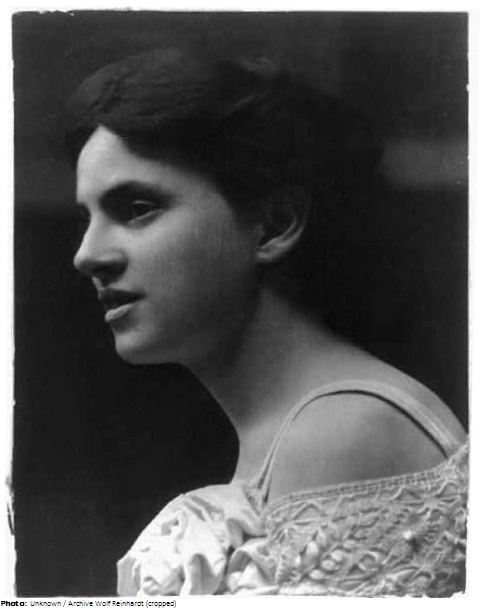Abastenia St. Leger Eberle

Biographical information
| Roles | Competed in Olympic Games |
|---|---|
| Sex | Female |
| Full name | Mary Abastenia•St. Leger Eberle |
| Used name | Abastenia•St. Leger Eberle |
| Born | 6 April 1878 in Webster City, Iowa (USA) |
| Died | 26 February 1942 in New York, New York (USA) |
| NOC |  United States United States |
Biography
St. Leger Eberle mainly produced portrait sculptures and decorative works for fountains. She first studied to become a professional musician but then turned to sculpture as her father noticed her talent. St. Leger Eberle was trained by a sculptor in Canton, Ohio before studying at the Arts Students League in New York. In her early career she collaborated with Anna Hyatt Huntington. During longer stays in Italy, she had her bronzes cast there.
St. Leger Eberle became a member of the National Sculpture Society and Woman’s Art Club, New York. Her most famous work The White Slave 1913 showed a naked woman in the arms of a pimp and was directed against child prostitution, which then “caused a storm of violent controversy”. Influenced by social reformers, she later created several sculptures depicting working class children from the Lower East Side of New York, which represented “the vitality of the city’s immigrant population”. About 1919 she developed heart disease that severely impeded her work. In 1930 St. Leger Eberle settled in Westport, Connecticut because of financial and health issues. Victory is an 81 cm high bronze statue, Winged Feet is a bronze from 1915.
Results
| Games | Discipline (Sport) / Event | NOC / Team | Pos | Medal | As | |
|---|---|---|---|---|---|---|
| 1928 Summer Olympics | Art Competitions |  USA USA |
Abastenia St. Leger Eberle | |||
| Sculpturing, Statues, Open (Olympic) | ||||||
| 1932 Summer Olympics | Art Competitions |  USA USA |
Abastenia St. Leger Eberle | |||
| Sculpturing, Statues, Open (Olympic) |